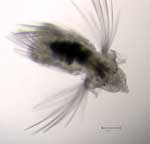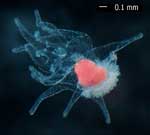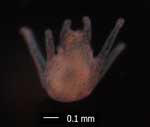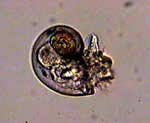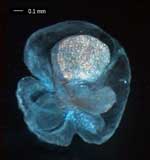Adults |
Larva |
|
| Annelids: invertebrate phylum of about 16,500 species of segmented worms that include familiar species such as earthworms, leeches and a wide variety of other forms including sand and tube worms
|
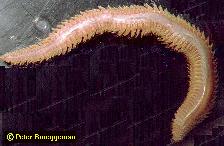 |
Nectochaete
|
| Crustaceans: animals such as krill, shrimp and lobsters that have a hard external shell that protects their body | ||
|
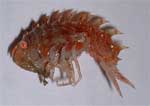 |
|
|
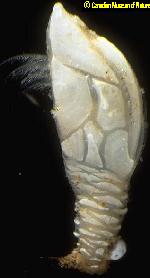 |
Cypris
|
|
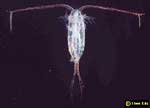 |
|
|
 |
|
|
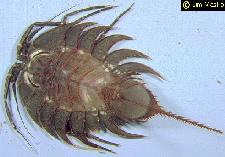 |
|
|
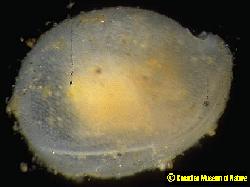 |
|
| Ctenophores: transparent, planktonic jelly-like animals | 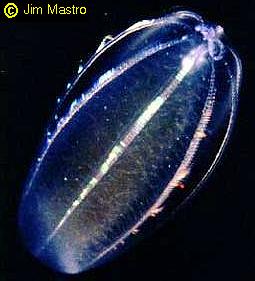 |
|
| Echinoderms: marine invertebrate phylum of about 7,000 species that includes sea stars, sand dollars, sea urchins and others that have 5-part symmetry; most adults in this phylum are benthic | ||
|
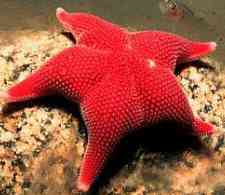 |
Brachiolaria
|
|
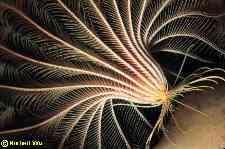 |
|
|
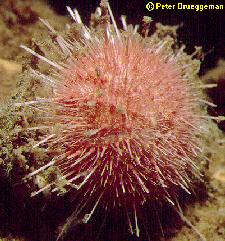 |
Echinopluteus
|
|
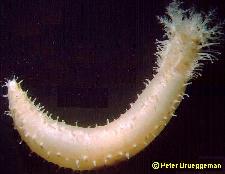 |
|
|
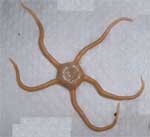 |
|
| Foraminiferans: planktonic protists with a calcareous shell | 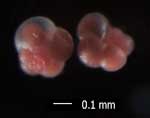 |
|
| Molluscs: invertebrate phylum of about 93,000 species almost all of which have an inner or outer shell and a soft body; includes clams, snails, sea slugs, octopus, squid and other shelled invertebrates | ||
|
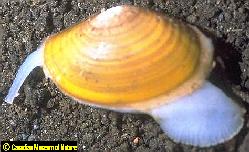 |
|
|
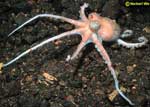 |
|
|
 |
Veliger
|
|
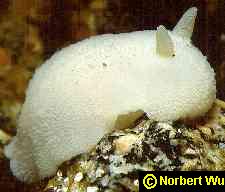 |
|
| Nemerteans: ribbon worms; unsegmented worms that can extend their bodies | 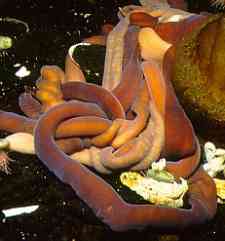 |
Pilidium
|
| Pterobranchs: a small colonial group of hemichordates, related to echinoderms | 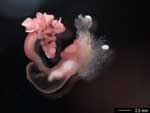 |
|
| Pycnogonids: sea spiders; marine members of the phylum Arthropoda, more closely related to spiders than crabs or insects | 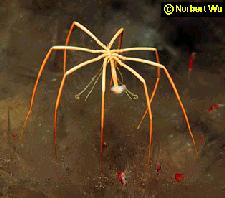 |
|
Radiolaria: planktonic protists with spines made of silica |
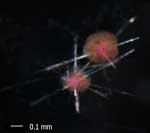 |
|
| Salps: marine planktonic members of the group Tunicata; closely related to sea squirts | 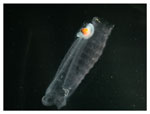 |
|
